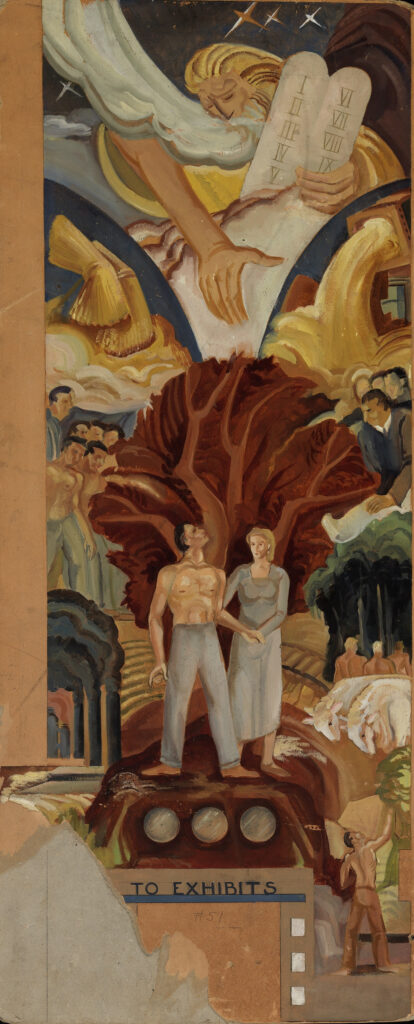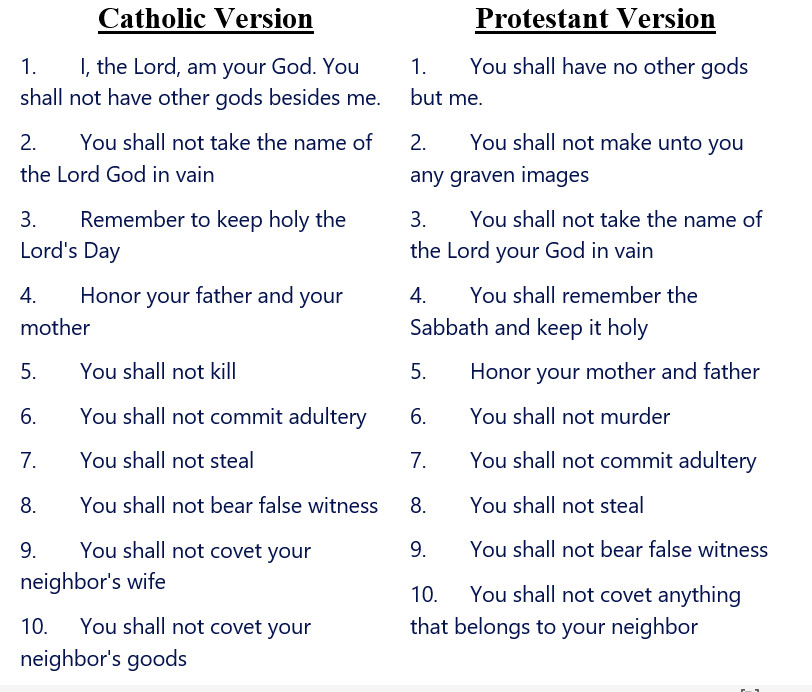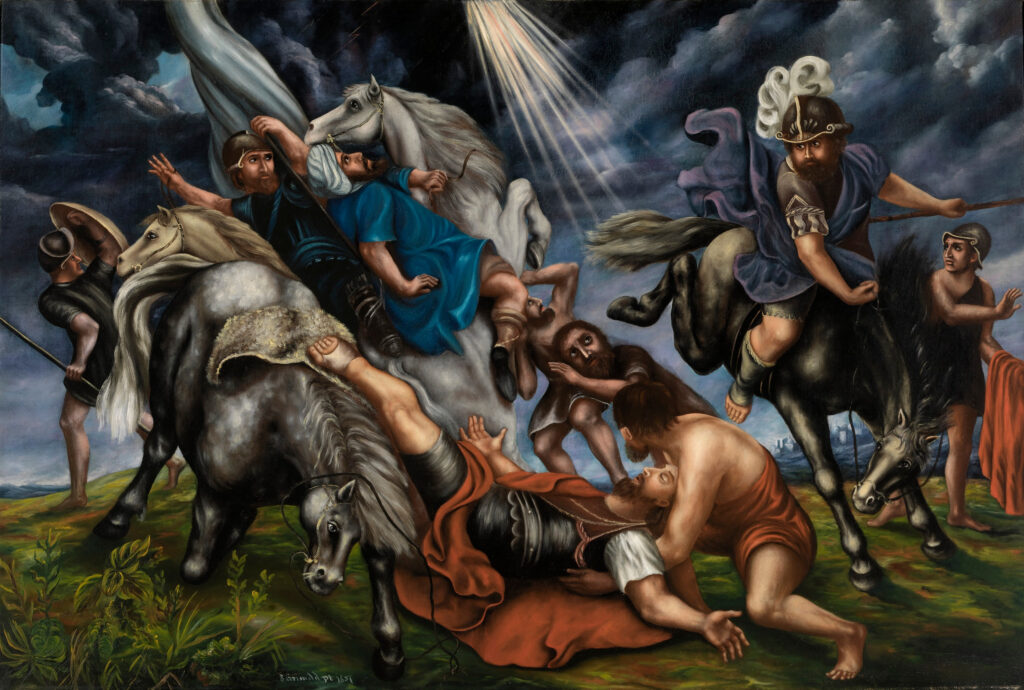
Last week, Jeff Landry, Governor of Louisiana signed into law a statute mandating that his version of the ten commandments be posted in every classroom in the state.1
As an attorney, I realize that this is a blatant violation of the U.S. Constitution and the well-established principle of the separation of Church and State. That the government could direct teachers in public schools to promote a specific religion defies our fundamental laws and basic common sense.
Some may ask: “what is wrong with teaching children these rules anyway?”. “Aren’t most of these good rules for everyone to live by?” Hidden beneath the surface in this reasoning is the fact that those who make this observation cannot even tell you what the ten commandments are. For example, as we will see below, the Catholic list and the Protestant list are significantly different.
That Governor Landry said he “cannot wait to be sued” says it all. He is a political hack. He knows this is unconstitutional and is only doing this to pander to his base. Of course, because the purpose was to impress a fundamentalist Christian audience, the specific list and enumeration (of which there are several) specifically included in the statute is the fundamentalist Christian version, (that’s right, he is a Catholic) – and he is not even promoting the Catholic version.
Half of Them are Exclusively Religious
As the famous routine from George Carlin points out, we don’t really need any of them outside the context of someone’s religion.
The Christian Taliban Does Not Even Agree on What They Are
The list of commandments typically referred to as the ten commandments appears three places in the Bible. All three of these lists are in what Christians call the “Old Testament.” They can be found at Exodus 20:2–17, Exodus 34:11–26 (11-27 in the original) and Deuteronomy 5:6–21.
The Catholics and the Protestants have both spent thousands of years picking and choosing which parts of these passages they wanted to keep and what parts they wanted to ignore. To that end, differing versions of the ten were created.
For those such as myself, who are always interested in where these things really came from, the differences between these versions speak volumes.
Here they are for comparison:

You will notice that both Catholics and Protestants can live with the opening directive that you are not to have any other gods. After years of theological jiu jitsu, Christians have managed to explain away the problem that the first commandment never anticipated Jesus. By re-assigning meanings to the clear and unambiguous original language, they managed to solve the problem without the necessity of removing it entirely. 2
But it immediately goes off the rails after that.
For the Catholic version, that whole business about not making graven images, nor bowing down to them gets jettisoned completely. This practice (a hallmark of Catholicism and a cottage industry for the Church), must be protected. So that prohibition gets ripped right out of there.
However, the surgical removal of the prohibition against idolatry created another problem. If we take out the part that forbids the manufacture of crucifixes, St. Christophers, and images of the “Virgin Mary”, that leaves only nine commandments.
Not to worry. They fixed it further down. They split the last single prohibition into two – making the coveting of your neighbor’s wife a separate offense from coveting his house or his ass.
But the second commandment was not the only rule that was blown off by Christians. While they were re-writing these rules to match their own practices, the Catholic leaders (taking their list from Deuteronomy Chapter 5) also found it necessary to change the words of the fourth (or in their case third since they had already removed the second) commandment.
The Hebrew text, as it existed before Christian redlining, read “the seventh day is a Sabbath to the Lord your God; you shall perform no labor. . .”
יוֹם֙ הַשְּׁבִיעִ֔י שַׁבָּ֖ת לַֽיהֹוָ֣ה אֱלֹהֶ֑יךָ לֹא־תַֽעֲשֶׂ֨ה כָל־מְלָאכָ֜ה אַתָּ֣ה
See Deuteronomy 5:14.
It would appear that early Catholic leaders realized you have to ignore the text itself to characterize Sunday (the first day of the week) as the Sabbath (which is derived from the Hebrew root meaning seven) as the Sabbath.
By the third century, the Church had abandoned the Sabbath and replaced it with Sunday. Since the very antisemitic third and fourth century Christians were not about to take this commandment literally, they felt it necessary to write a new text replacing the “Sabbath” with the “Lord’s Day” (which is a completely dishonest translation).
The Protestant version does not worry about the contradiction between the text and its practices. They simply ignore the meaning of the word and leave it in their list.
In all of the back and forth about posting the “ten commandments” in various places, no one seems to mention that they don’t even appear in the New Testament. There is no place in the Christian scriptures that lists all of the commandments to which the phrase refers.
The closest thing Jesus is recorded as having said regarding them is a reference to “the commandments” in Mark 10:19 and repeated in Matthew 22:36-40 and Luke 18:20. Of course, that passage should be read in light of the words also attributed to Jesus in Mark 12:28-31. This is the passage from the NASV:
One of the scribes came and heard them arguing, and recognizing that he had answered them well, asked Him, “What commandment is the foremost of all?”
Jesus answered, “The foremost is, ‘Hear, O Israel! The Lord our God is one Lord; and you shall love the Lord your God with all your heart, and with all your soul, and with all your mind, and with all your strength.’
The second is this, ‘You shall love your neighbor as yourself.’ There is no other commandment greater than these.
In Matthew 22:40 Jesus is quoted as having said “on these two commandments depend the whole Law and the Prophets.”
Considering the source of this directive, the dishonesty and downright hypocrisy of incorporating this language into the statute is overwhelming. If this is (and it obviously is) a thinly veiled attempt to get the Christian message into the classroom, why didn’t the statute list the two commandments which Jesus is said to have placed above them all as the words to be posted in classrooms?
Compounding the hypocrisy is the fact that Christians (with the exception of a few rogue denominations such as the Seventh Day Adventists, Church of God Seventh day, and factions from the Worldwide Church of God), have universally rejected the fourth commandment and replaced observance of the Sabbath Day with Sunday. Never mind that there is literally no scriptural support for this in the entire collection of Christian scriptures. Why did they include a “commandment” they have unilaterally agreed to ignore in their list?
These are Jewish rules. They were never intended to apply to Gentiles. The Jewish Talmud enumerated seven laws that were to apply to Gentiles. And two of them do not occur in any of the lists of “ten commandments”. See Babylonian Talmud, Sanhedrin 56a. That should be important to Christians because according to the words attributed to Jesus, the Scribes and Pharisees sit in Moses’ seat and have authority to determine how scripture is observed and followed. Matthew 23:2-3.
While it is true that some (but not all) of the founding fathers believed the ten commandments were handed down from Moses, most of them were deists and believed nothing of the kind. Even if they did, a declaration that this is what some leaders of the original thirteen colonies believed would be fine – as long as it is taught that way and not posted as an absolute truth.
Most of the folks in the original colonies believed in the existence and execution of witches. But no one today would support the legally mandated posting of the Malleus Maleficarum in every classroom as though it were an established fact for all children to learn.
It is arrogant and nutty to enact a law that says anyone’s religious creed is to be posted in “every classroom”. The idea would be equally ridiculous if the creed were that of the Moslems, the Mormons, the Jehovah Witnesses, or any other group “mainstream” Christians believe is wrong. “Faith”, by definition, is the belief in something without evidence. Religious institutions promote that idea. But institutions of secular education should avoid even the appearance of encouraging children to believe in a concept or idea without regard to empirical evidence.
If you would like to stay in the loop on new articles and publications, be sure and join our mailing list here.
For a more in-depth analysis of the historical Jesus as opposed to the “Christ” of the New Testament, check out my books The Second Crucifixion of Jesus and Revelation and the AntiChrist.
- The statute requires display of the Ten Commandments in every elementary, secondary, and post-secondary education classroom. You can read the full text of the law here. ↩︎
- The concept of a “trinity” is a third and fourth century Christian invention. The Jewish scriptures which Christians relabeled as the “Old Testament” state otherwise. “I am the first, and I am the last; and beside me there is no God.” Isaiah 44:6. ↩︎




